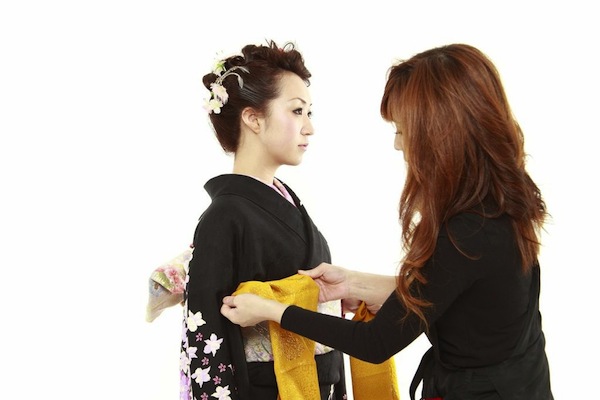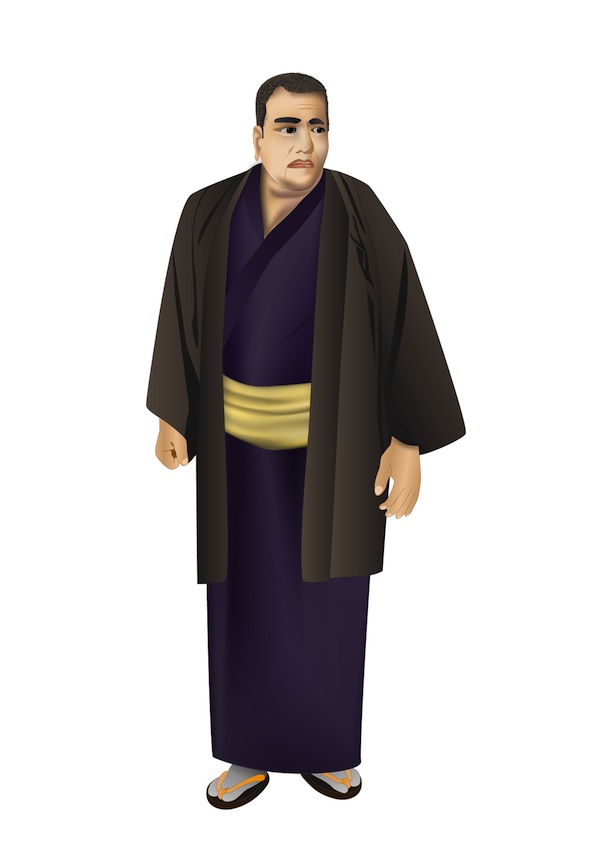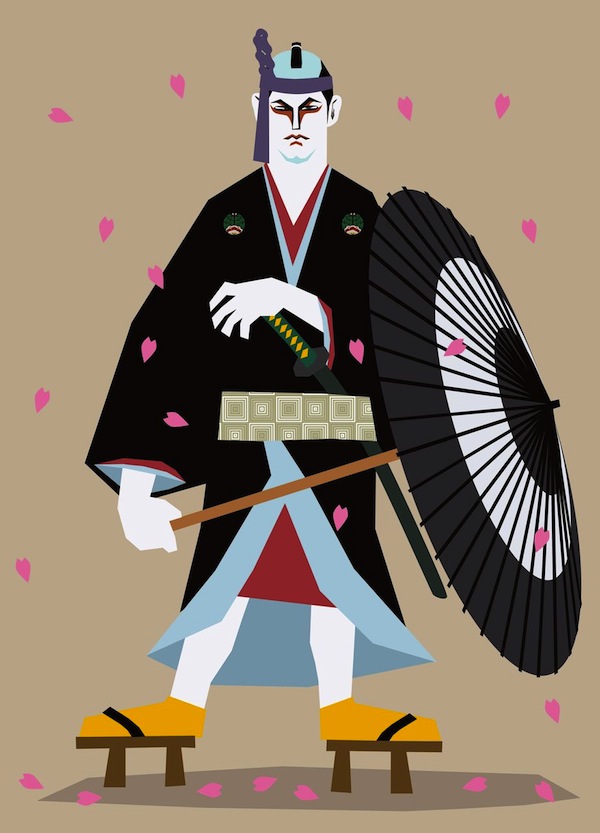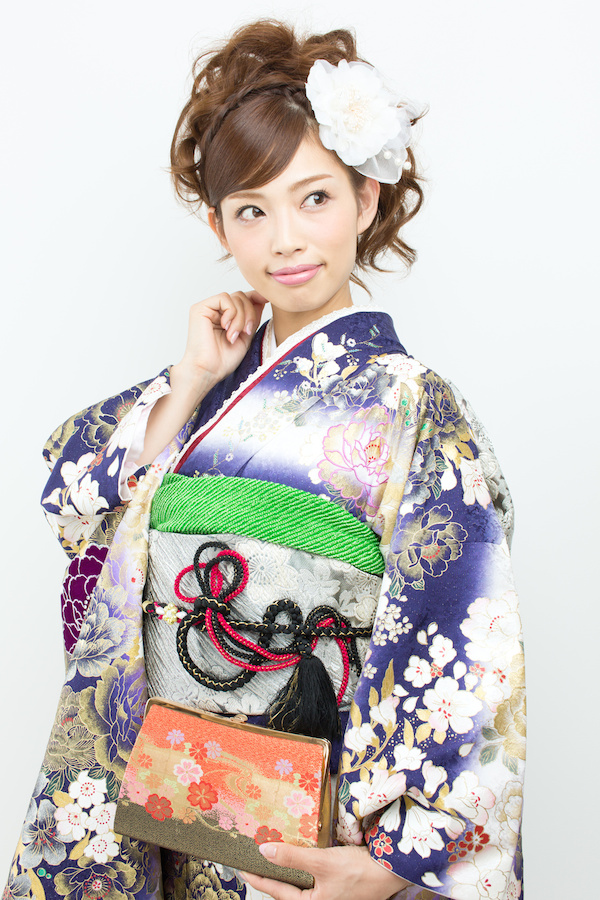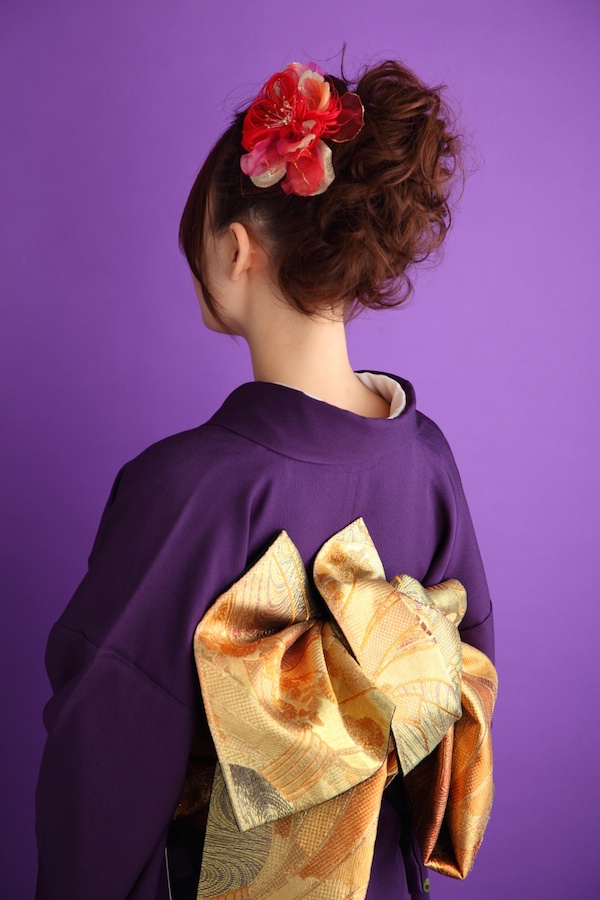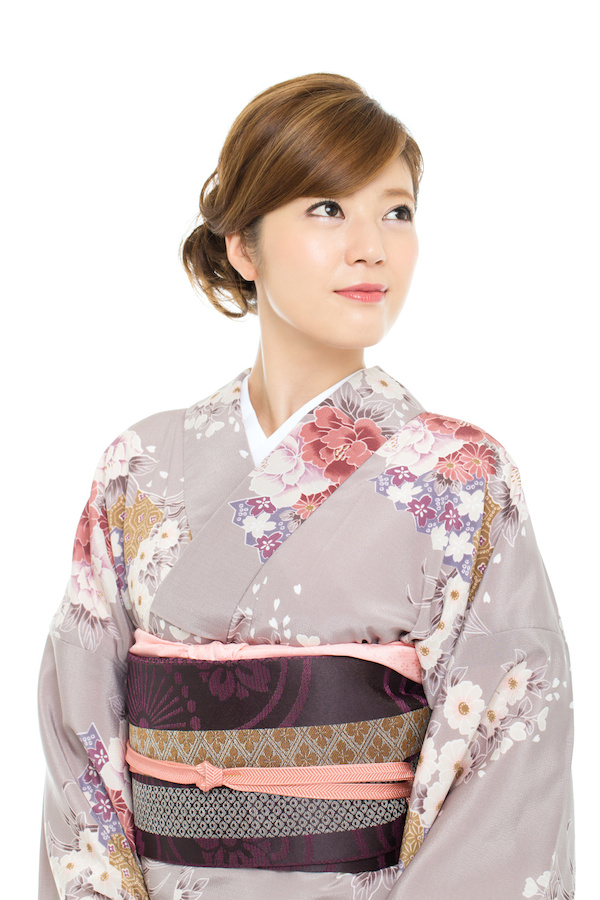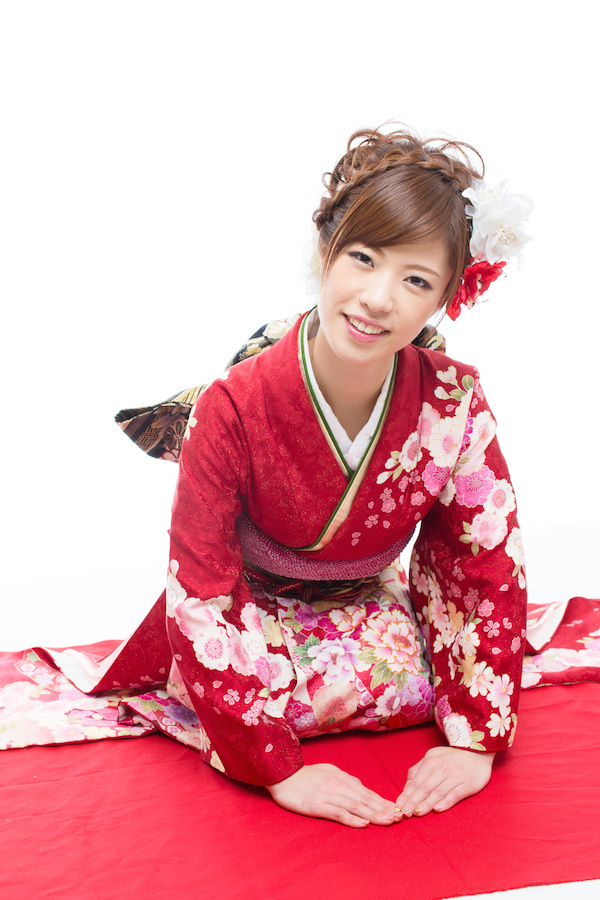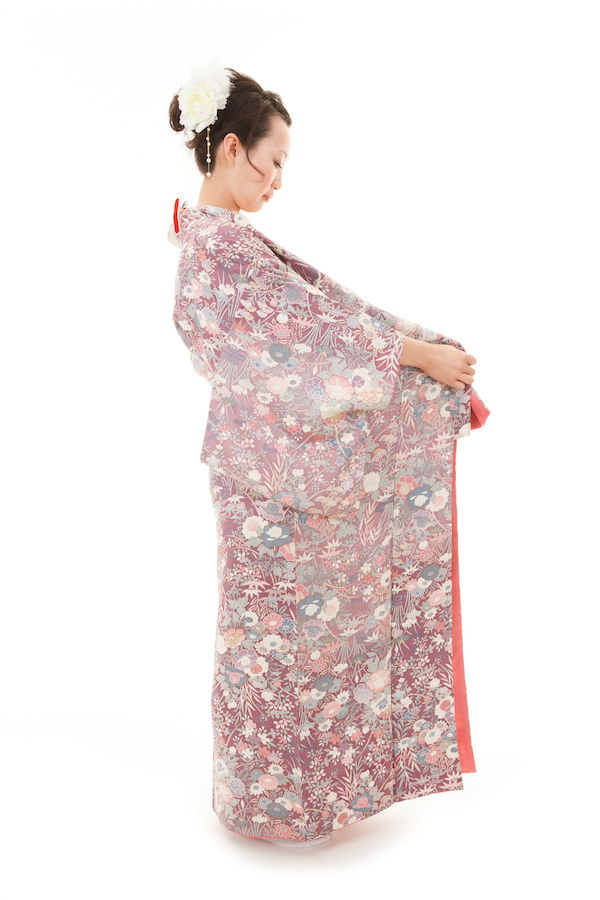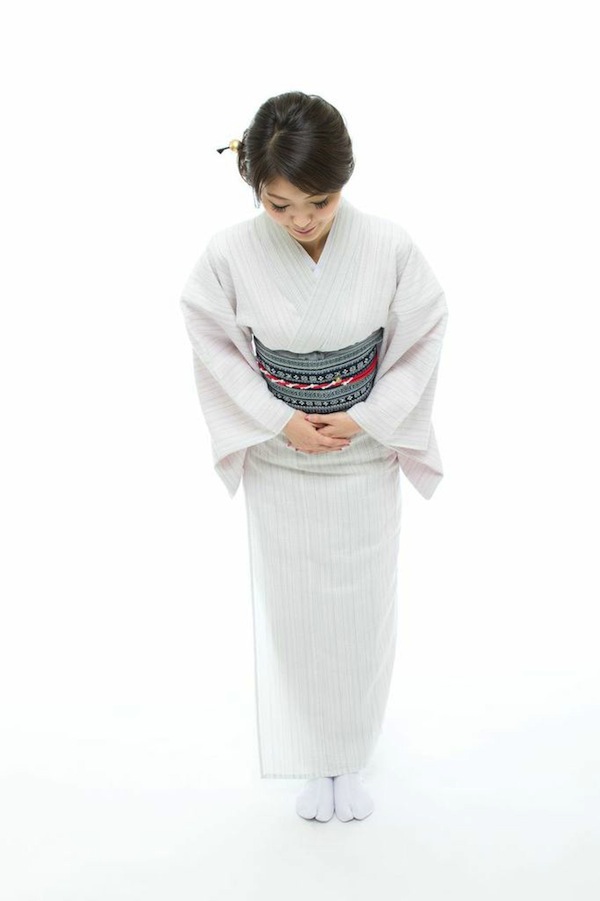
Sikkai
“Sikkai” is a Japanese word that means “all” in English.But this word means “a trader who undertakes anything about kimonos” in the kimono industry. The words “Sikkaiya” and “Sikkaigyo” have that same meaning as “Sikkai.”
You probably wonder what’s the difference between a kimono shop and “Sikkai.”The answer is,a kimono shop sells kimonos and “Sikkai” undertakes repairs and processing of kimonos.
For example,”Sikkai” wash kimonos,but a kimono shop doesn’t do that.
And these days,it’s difficult to find “Sikkai” immediately. In many cases people consult a kimono shop which will find Shikkai easily, and the shop will introduce Shikkai to them. Not a few kimono shops also do Shikkai business even if it is another one. There are various jobs of Shikkai. Ordinally people will ask them to do “Maruarai” (wash a kimono just as it is), “Shiminuki” (stain removal) and “Kakehagi” (invisible mending). They also do “Sumpo naoshi” (alteration), “Somekae” (re-dyeing) and “Mon-ire” (drawing family crest) as a little larger scale jobs. When you often wear kimono, you should find Shikkai whom you can ask such jobs freely. He/She will help you in the nick of time.

